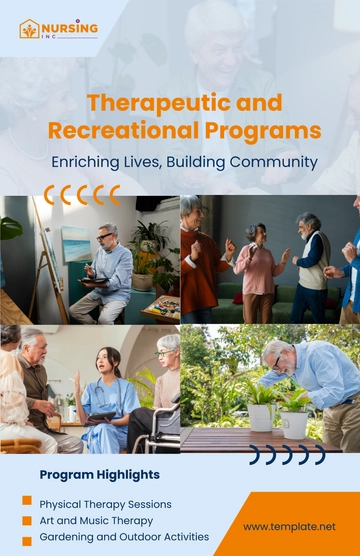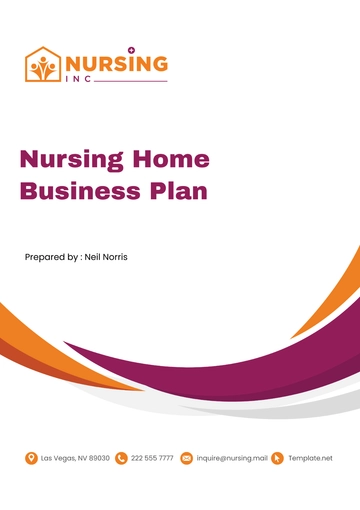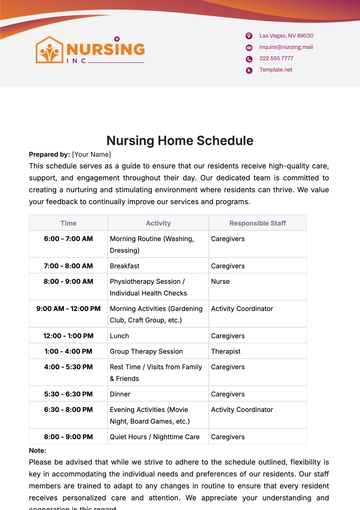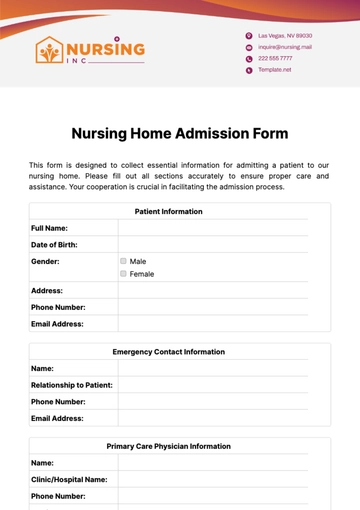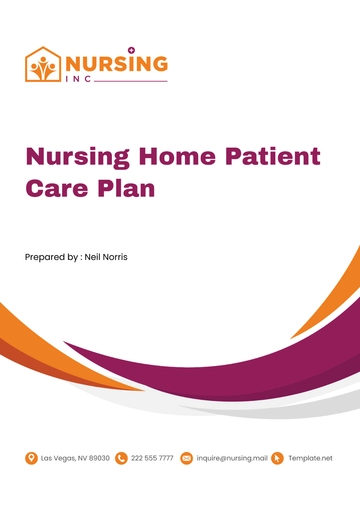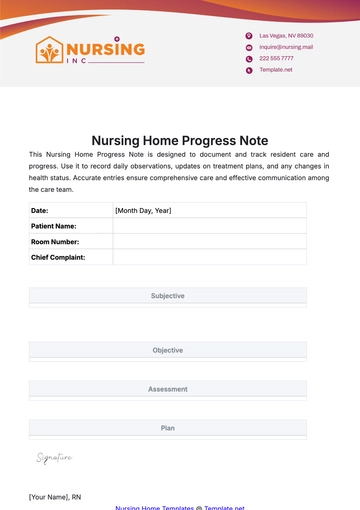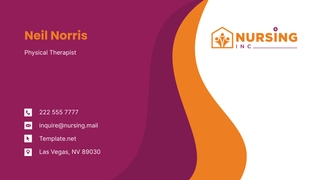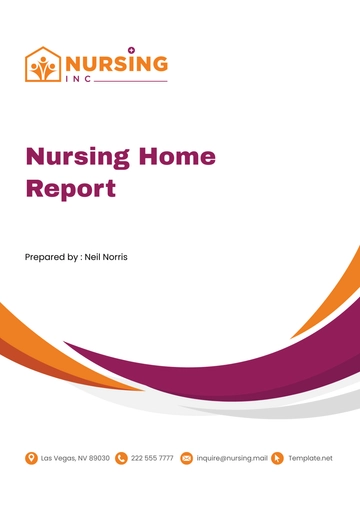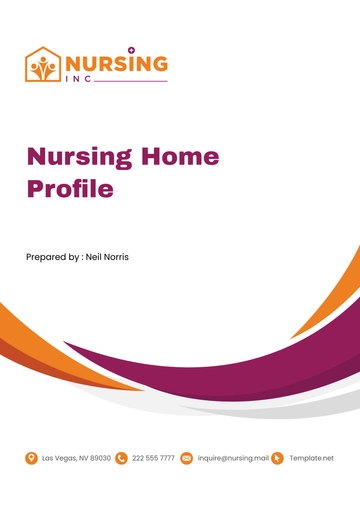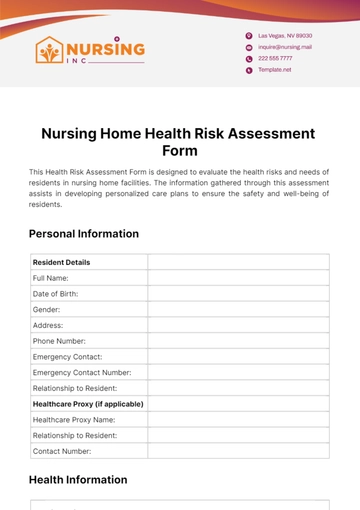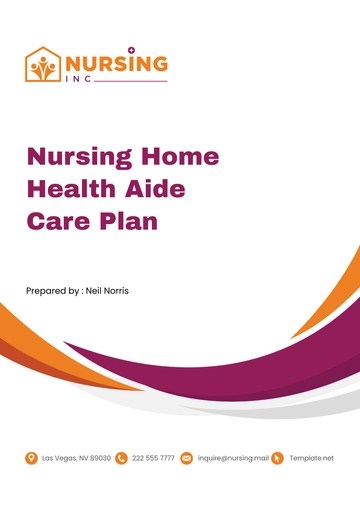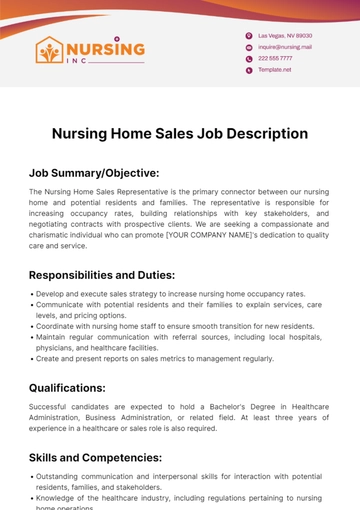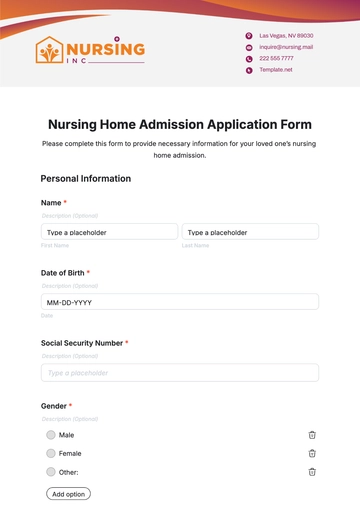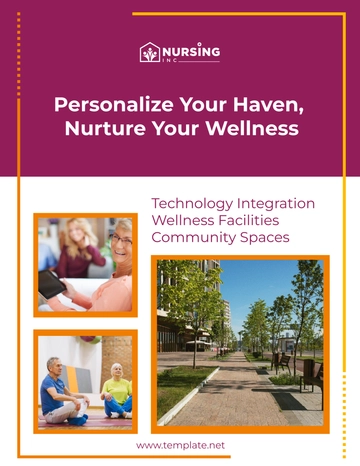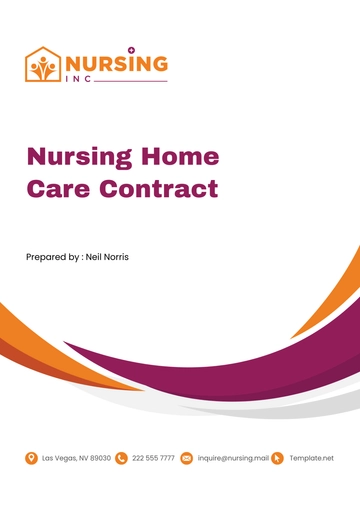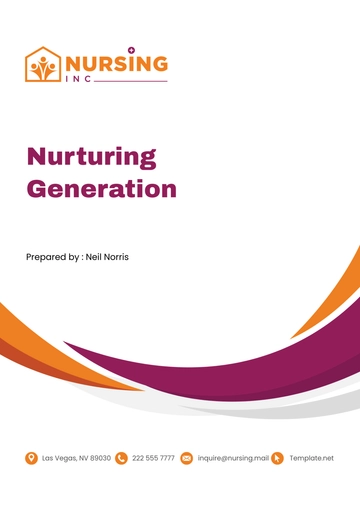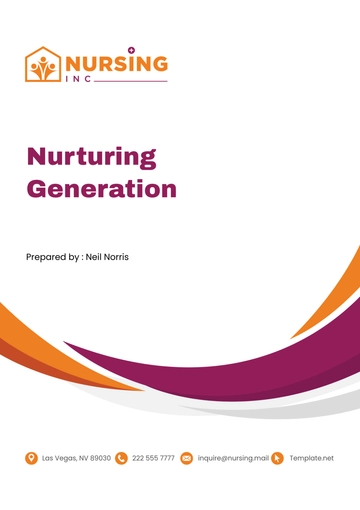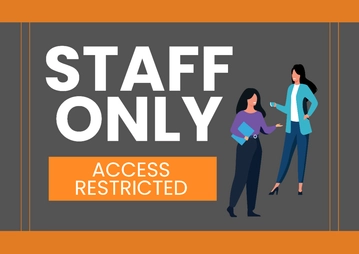Free Nursing Home Hand Hygiene Audit
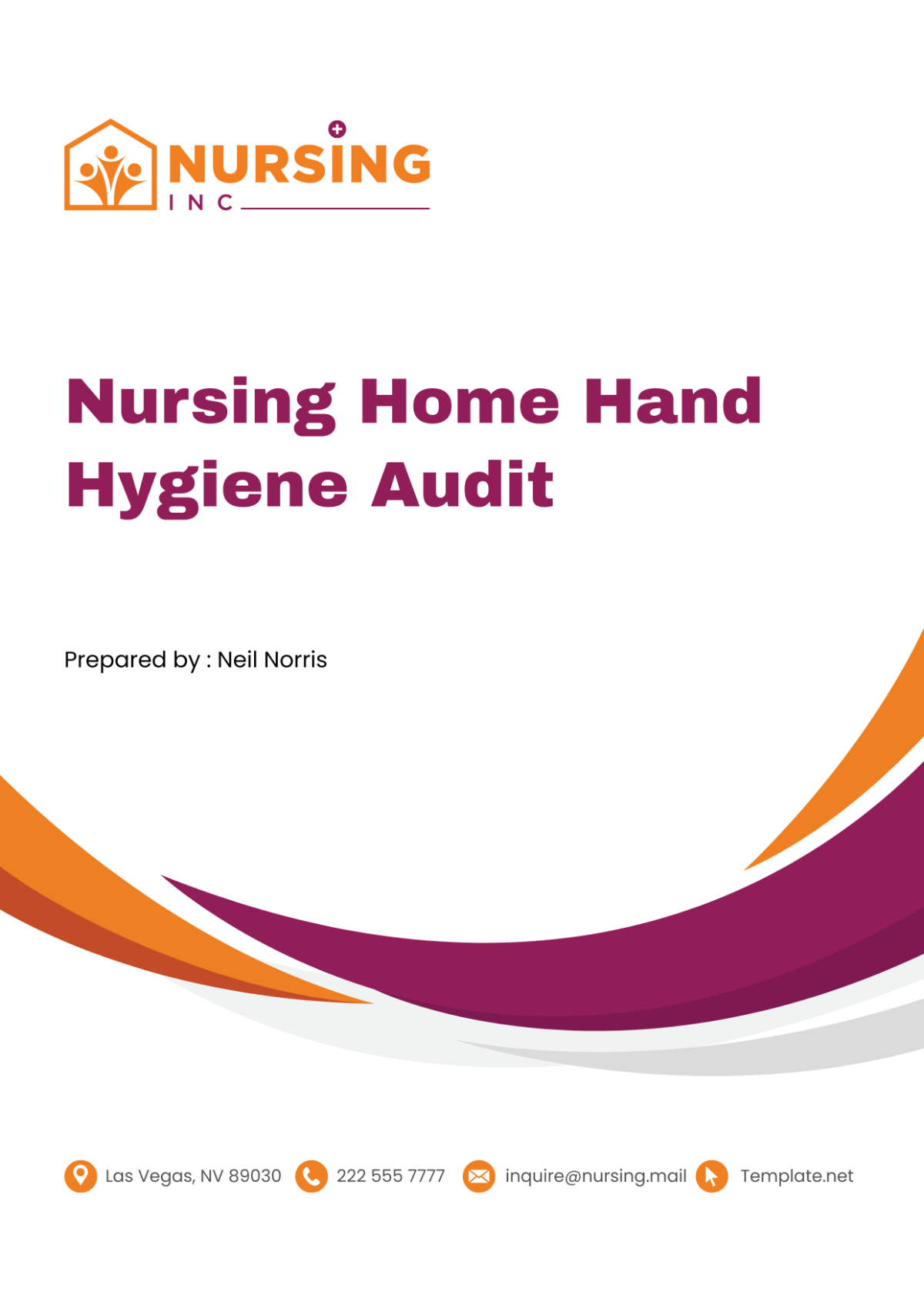
I. Introduction to Hand Hygiene Audit
The Nursing Home Hand Hygiene Audit is a cornerstone of our infection control strategy, meticulously designed to uphold the health and safety of both our residents and staff. It epitomizes our unwavering commitment to fostering a sanitary environment, thereby reducing the transmission of infectious diseases. Through systematic observation and evaluation, this audit identifies areas for improvement and ensures compliance with the highest standards of hand hygiene practices. Our approach is not just about adherence to protocols; it's about embedding a culture of health and cleanliness that permeates every aspect of our care.
Implementing the Hand Hygiene Audit involves a structured process of monitoring, reporting, and feedback mechanisms. We utilize a blend of direct observation and technology-assisted methods to accurately capture hand hygiene practices among staff. The data collected provides a clear picture of compliance rates and areas needing attention, enabling targeted interventions. This process is complemented by educational programs tailored to reinforce the importance of hand hygiene, thus ensuring that best practices become second nature to our team members.
At the heart of our audit process is the commitment to continuous improvement. By regularly reviewing our hand hygiene practices and outcomes, we adapt and evolve our strategies to meet the dynamic challenges of infection control. This ongoing effort not only enhances the well-being of our residents but also fosters a culture of accountability and excellence among our staff. Ultimately, the Nursing Home Hand Hygiene Audit is a testament to our dedication to providing a safe, healthy, and nurturing environment for all who call our facility home.
II. Objectives of Hand Hygiene Audit
The Hand Hygiene Audit is pivotal in ensuring the health and safety standards within our nursing home are not just met but exceeded. By systematically evaluating our adherence to hand hygiene protocols, this audit serves as the backbone of our infection control measures. Below, we outline the key objectives that guide our auditing process:
Monitor and Evaluate Adherence: This objective focuses on the consistent monitoring and evaluation of hand hygiene practices among staff, ensuring strict compliance with established hand hygiene policies. Through direct observation and data analysis, we assess the effectiveness of current practices and identify compliance trends over time.
Identify Improvement Areas: Critical to our audit is the identification of specific areas where hand hygiene practices fall short. By pinpointing these areas, we can target our interventions more effectively, ensuring that improvements are both meaningful and impactful.
Implement Corrective Actions: Following the identification of areas for improvement, we develop and execute corrective action plans aimed at mitigating risks associated with inadequate hand hygiene. These actions are tailored to address specific deficits, ranging from minor procedural adjustments to comprehensive staff retraining.
Develop Educational Programs: Based on the insights garnered from audit outcomes, we craft educational and training programs designed to fill knowledge gaps and enhance hand hygiene practices among our staff. These programs are iterative and evolve in response to the changing needs and challenges identified through ongoing audits.
Reinforce Hand Hygiene Importance: Central to our objectives is reinforcing the understanding that effective hand hygiene is a critical component of infection control. We engage in continuous education efforts to highlight the role of hand hygiene in protecting both staff and residents from infectious diseases.
In essence, the Hand Hygiene Audit is a multifaceted tool employed by our nursing home to uphold and enhance the quality of care through improved infection control practices. By rigorously pursuing these objectives, we commit to a standard of excellence and a culture of safety and well-being for everyone in our care.
III. Details of the Hand Hygiene Audit Process
Our nursing home's Hand Hygiene Audit Process is meticulously designed to ensure a thorough and effective evaluation of hand hygiene practices within our facility. Below is a comprehensive table that outlines the main components of this process, providing clear insights into each step:
Component | Description | Implementation Details |
|---|---|---|
Observation of Handwashing Techniques | Direct observation of staff performing handwashing to assess adherence to proper techniques. | Observers use a standardized checklist to evaluate aspects such as the duration of handwashing, technique, and use of soap and water, ensuring compliance with CDC guidelines. |
Evaluation of Effective Use of Hand Sanitizers | Assessment of when and how hand sanitizers are used by staff. | Focus on the correct application method, quantity of sanitizer used, and compliance with situations recommended for sanitizer use versus handwashing with soap and water. |
Review of Overall Hygiene Standards | Examination of the facility’s hygiene practices beyond hand hygiene to ensure a comprehensive approach. | This includes cleanliness of the environment, availability of hand hygiene supplies, and signage promoting hand hygiene practices throughout the facility. |
Identification and Addressing High-Risk Areas | Identifying areas within the facility where the risk of infection transmission is higher. | Use data collected from observations to highlight high-risk areas or practices. Develop targeted interventions to address these risks and implement enhancements to hand hygiene protocols. |
Regular Feedback and Awareness Sessions for Staff | Providing ongoing feedback and conducting educational sessions for staff based on audit findings. | Organize regular meetings to discuss audit results, share best practices, and offer training sessions focused on improving hand hygiene compliance and understanding its impact on infection control. |
Through this detailed and structured audit process, our nursing home aims to foster a culture of safety and cleanliness. By continuously observing, evaluating, and refining our hand hygiene practices, we commit to protecting the health of our residents and staff, ultimately enhancing the overall quality of care provided within our facility. This process is pivotal in our ongoing efforts to maintain a safe and healthy environment for everyone in our care.
IV. Performance Benchmark Setting
In the realm of hand hygiene compliance within our nursing home, establishing transparent and achievable performance benchmarks is paramount. These benchmarks are not arbitrary; they are meticulously crafted, drawing on international health safety standards and guidelines, and fine-tuned to align with the unique circumstances and needs of our facility. The process involves a comprehensive understanding of both global best practices and the intricacies of our local environment. Below, we delineate the key aspects of our performance benchmark setting process, providing insights into how these benchmarks guide our hand hygiene protocols:
Benchmark Aspect | Description | Implementation Details |
|---|---|---|
Adherence to International Standards | Benchmarks are rooted in guidelines from WHO and CDC, ensuring global best practices inform our standards. | We review and integrate the latest recommendations on hand hygiene practices, such as the Five Moments for Hand Hygiene by WHO, tailoring these guidelines to the specific contexts and challenges of our nursing home environment. |
Customization for Facility Needs | Custom adjustments to benchmarks based on our facility's unique characteristics and resident population. | Through analysis of facility-specific data on infection rates and hand hygiene compliance, we refine our benchmarks to address particular vulnerabilities, enhancing the relevance and effectiveness of our hand hygiene protocols. |
Quantifiable Targets | Setting clear, measurable goals for hand hygiene compliance rates among staff. | Establish specific compliance rate targets, such as a 90% compliance rate for handwashing after patient contact, to provide a clear goal for staff. Regularly review and adjust these targets based on audit outcomes and facility needs. |
Regular Monitoring and Reporting | Continuous observation and documentation to gauge progress against set benchmarks. | Implement a system for ongoing monitoring and reporting of hand hygiene practices, using tools like electronic monitoring systems and direct observation by trained auditors, to ensure accurate and timely feedback on compliance levels. |
Feedback Loop for Continuous Improvement | Incorporating audit results and staff feedback to refine benchmarks and practices. | Use the insights gained from performance audits and staff input to periodically reassess and revise our benchmarks, ensuring they remain challenging yet achievable, and reflective of the evolving best practices in infection control. |
By establishing and adhering to these carefully considered performance benchmarks, we aim to create a culture of excellence in hand hygiene within our nursing home. This approach not only ensures the safety and well-being of our residents and staff but also fosters an environment of continuous improvement, where high standards of care and infection control are a collective responsibility and achievement.
V. Analysis and Report of Audit Results
Upon the completion of our hand hygiene audit, a thorough analysis of the results is conducted to identify gaps, celebrate successes, and develop a strategic plan to enhance our hygiene standards further. This meticulous approach ensures that we not only adhere to best practices but also continuously strive for improvement. The table below outlines a summary of our audit findings, highlighting key observations, planned improvement actions, and the timelines for implementation, thereby providing a clear roadmap for progress:
Area | Observations | Improvement Actions | Timeline |
|---|---|---|---|
Handwashing Techniques | Staff were observed missing critical steps during handwashing, such as proper scrubbing time. | Implement a comprehensive retraining program focusing on the WHO's Five Moments for Hand Hygiene and proper technique. | [Date: Within 3 months] |
Hand Sanitizers Usage | Incorrect quantity of sanitizer used by some staff, leading to less effective sanitization. | Introduction of visual guides at sanitizer stations and hands-on demonstrations to ensure correct usage. | [Date: Within 1 month] |
Infection Hotspots | High-touch areas like door handles and light switches were identified as potential infection hotspots. | Increase cleaning frequency of identified hotspots and introduce antimicrobial coatings where feasible. | [Date: Within 2 months] |
Training Modules | Some staff displayed lack of awareness regarding the latest hand hygiene protocols. | Develop updated training modules that include recent findings and recommendations in hand hygiene practices. | [Date: Within 2 months] |
Staff Compliance | The overall compliance rate with hand hygiene practices was below the set target of 90%. | Launch a motivational campaign highlighting the importance of compliance and introduce periodic compliance reviews. | [Date: Within 3 months] |
These insights and the corresponding actions are instrumental in our ongoing journey towards exemplary hand hygiene standards within our facility. By systematically addressing each identified area for improvement, we not only aim to bridge gaps but also to foster an environment where high hygiene standards are maintained consistently. This report serves as a foundation for targeted initiatives that will enhance the well-being and safety of both residents and staff, reflecting our commitment to excellence and continuous improvement in care delivery.
VI. Conclusion
The Nursing Home Hand Hygiene Audit embodies our unwavering dedication to the health and safety of our residents and staff. This systematic approach to evaluating and enhancing hand hygiene practices is a testament to our commitment to excellence in care and infection prevention. Recognizing that the fight against infectious diseases is continuous, our audit is not a mere checklist but a dynamic tool for improvement. It serves as the foundation upon which we build a culture of cleanliness, vigilance, and responsibility, ensuring that every member of our community contributes to a safe and nurturing environment.
Through the insights garnered from the audit process, we are equipped to make informed decisions and implement targeted strategies that address specific areas of concern. This proactive stance on hand hygiene underscores our dedication to not only meeting but exceeding health and safety standards. It reflects a holistic approach to care where the well-being of our residents and staff is paramount. By prioritizing hand hygiene, we protect the most vulnerable among us, reinforcing the trust placed in us by residents, families, and the wider community.
Therefore, the Nursing Home Hand Hygiene Audit is a crucial component of our continuous quality improvement efforts. It symbolizes our pledge to maintain the highest levels of cleanliness and health safety, a cornerstone of the compassionate and comprehensive care we provide. As we move forward, we remain steadfast in our commitment to this essential aspect of our operations, ensuring that our facility remains a beacon of health, safety, and care excellence. Through persistent evaluation, education, and adaptation, we forge a path toward a healthier future for all within our care.
- 100% Customizable, free editor
- Access 1 Million+ Templates, photo’s & graphics
- Download or share as a template
- Click and replace photos, graphics, text, backgrounds
- Resize, crop, AI write & more
- Access advanced editor
Our Nursing Home Hand Hygiene Audit Template from Template.net is an essential resource for healthcare professionals. Easily customizable and editable in our AI Editor Tool, this template allows for thorough and consistent monitoring of hand hygiene practices. Experience a user-friendly audit process that elevates patient safety standards and compliance to hygiene protocols with this indispensable tool. Upgrade your audit system now.
